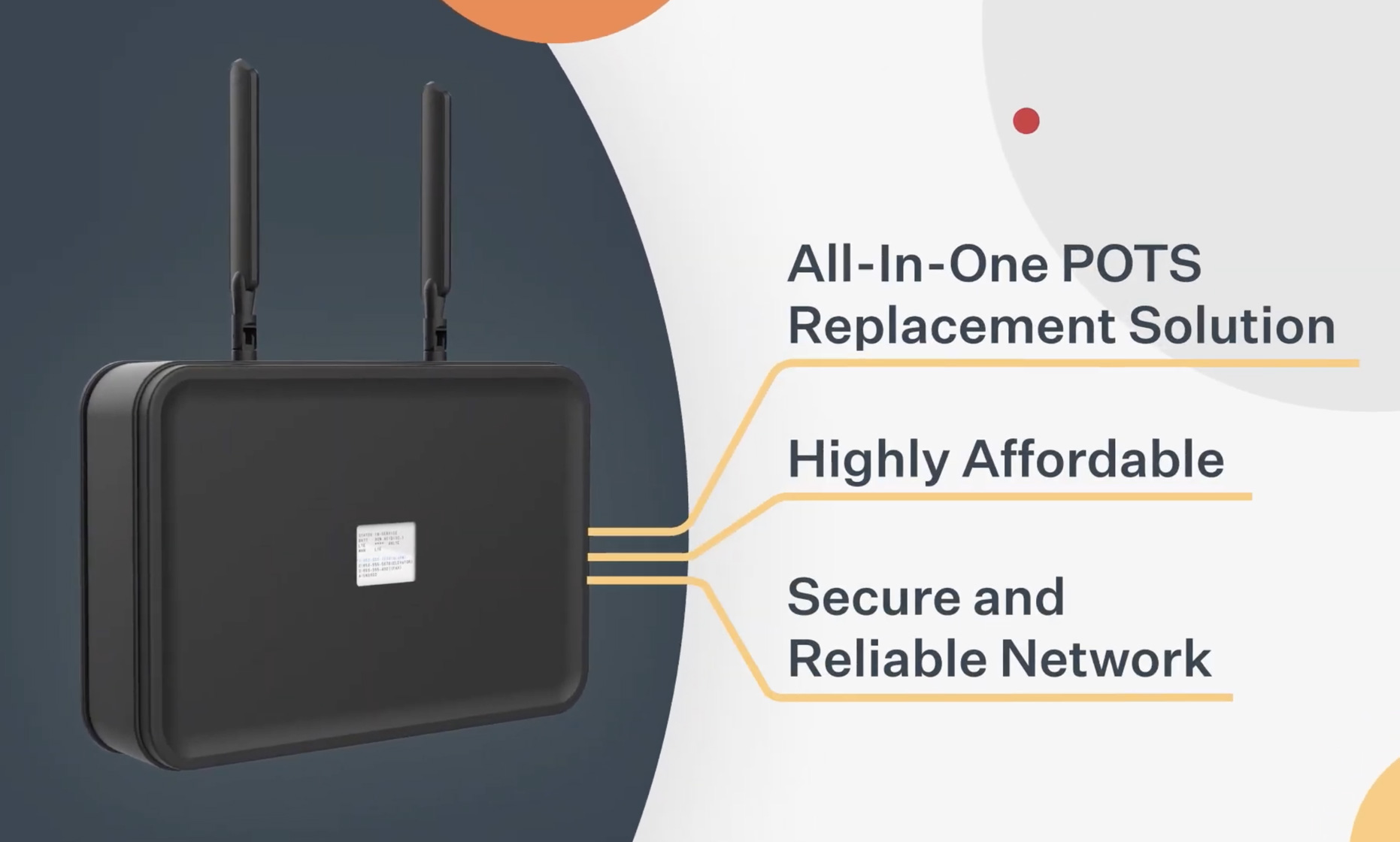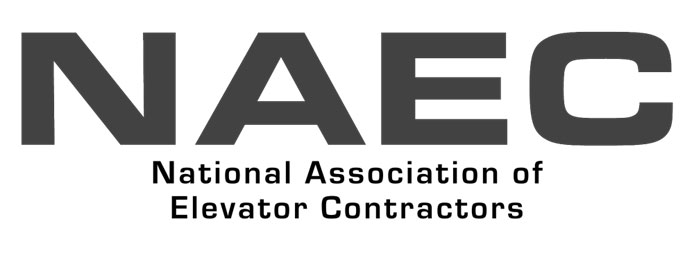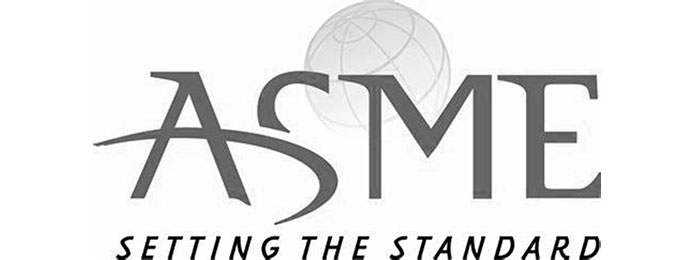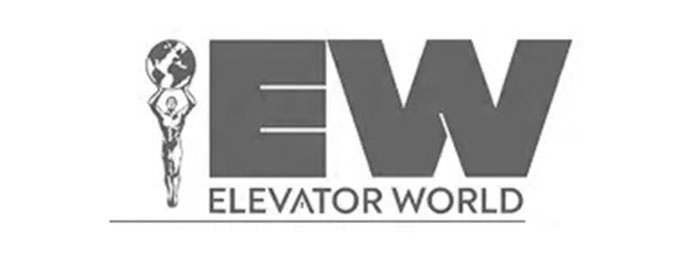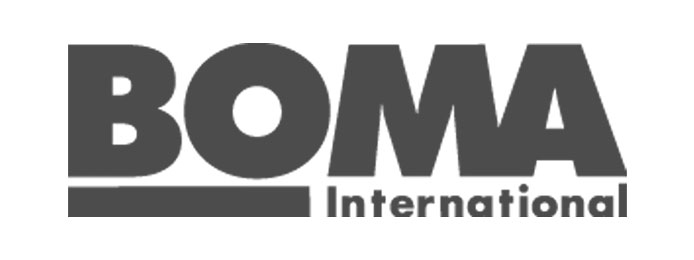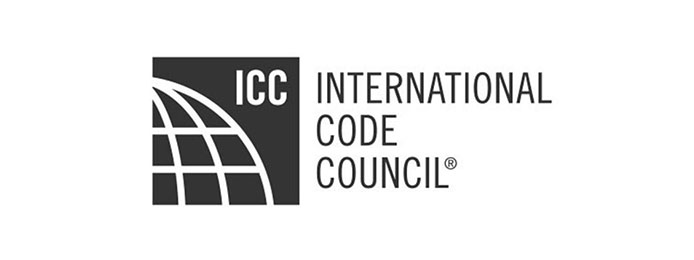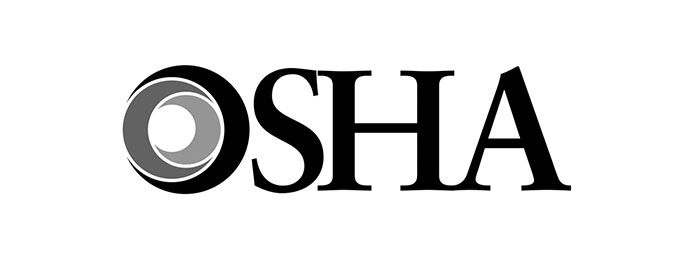An elevator emergency phone is a communication device inside an elevator that connects passengers to a monitoring service, building security, or emergency responders in case of an emergency or entrapment.
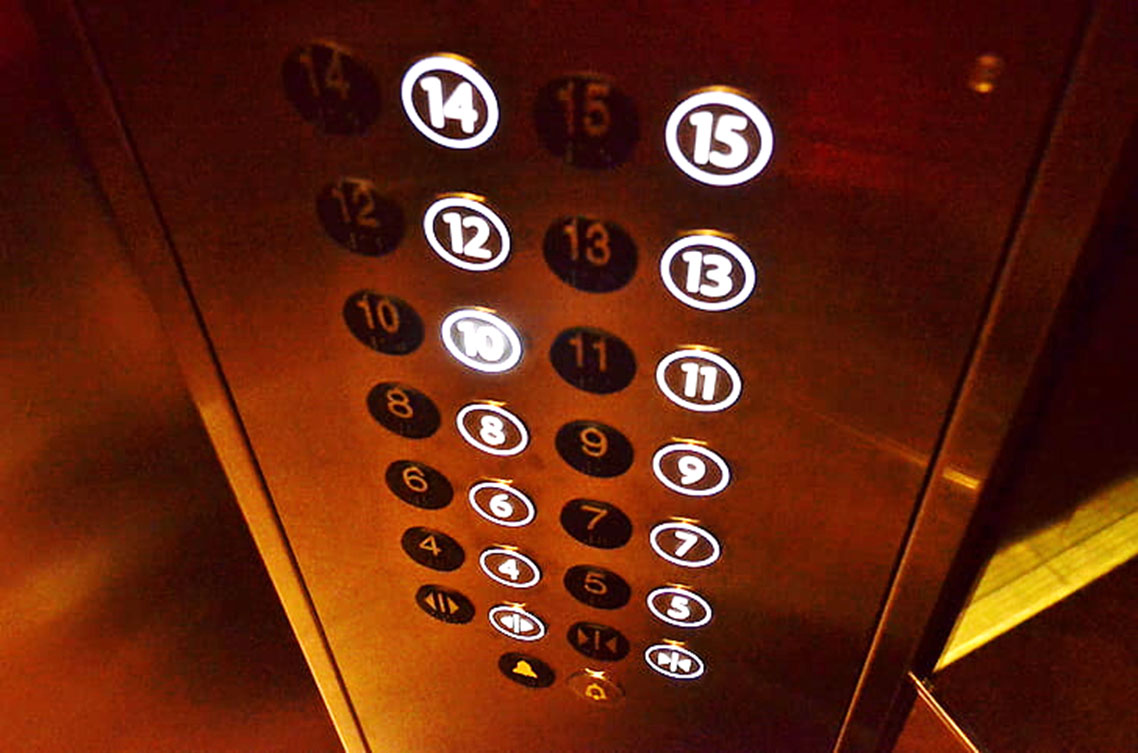
Elevator emergency
phone resources
Discover how POTS replacement solutions, like Ooma AirDial, keep elevators running smoothly while remaining in compliance.
What property owners & managers need to know
Code Compliance & Regulations
Elevator emergency phones must comply with national and local codes. In the U.S., the ASME A17.1 Safety Code mandates emergency communication systems in elevators.
Download a white paper showing how Ooma AirDial helps meet compliance requirements
Regular Testing & Maintenance
Property owners using traditional POTS landlines should watch for price increases and outages. Upgrading to wireless LTE service can ensure costs don’t skyrocket and service remains reliable.
Ooma AirDial is a turnkey digital POTS line replacement solution
Telephone Line Considerations
Property owners must ensure emergency phones are connected to a service that is reliable and always staffed for emergencies.
Ooma AirDial routes traffic over both LTE and wired ethernet networks simultaneously so emergency calls never drop.
Connection to Monitoring Service
Under ADA requirements, elevator emergency phones may need visual signals, like a flashing light, to confirm the call was placed, along with audio signals to confirm the phone is working.
Ooma AirDial enables property owners to keep using existing elevator emergency phones.
Visual & Audio Alerts
Regular testing and maintenance are crucial to ensure phones work during emergencies. Malfunctions can cause delays in response, and some areas mandate testing during elevator inspections.
Ooma AirDial’s Remote Device Management web portal empowers property owners to view connection statuses and receive alerts when emergency calls are placed.
Location Identification & Accessibility
Emergency phones should be easy to find, accessible to passengers with disabilities, mounted at the right height, and operable without requiring manual dexterity, like holding a receiver.
Ooma AirDial provides physical address information as required by national E-911 alerting requirements.
Failure is not an option.
Consequences of elevator safety
non-compliance
If a property does not comply with regulations related to elevator emergency phones, the property owner could face serious consequences, including legal, financial, and safety risks.
Fines & penalties
Halted elevator operations
Legal liability & lawsuits
Insurance premium increases or denial of coverage
Declines in property value
Risk to tenant & occupant safety
Denial or delay in occupancy permits
Reputational damage
Costly retrofitting & repairs
Trouble attracting tenants
or clients
Keep your elevator phone in compliance when copper phone lines go away
Get everything you need including hardware, software, remote device management and cloud telephony on a single monthly bill.
More elevator compliance resources
Phone lines are critical for elevator emergencies.
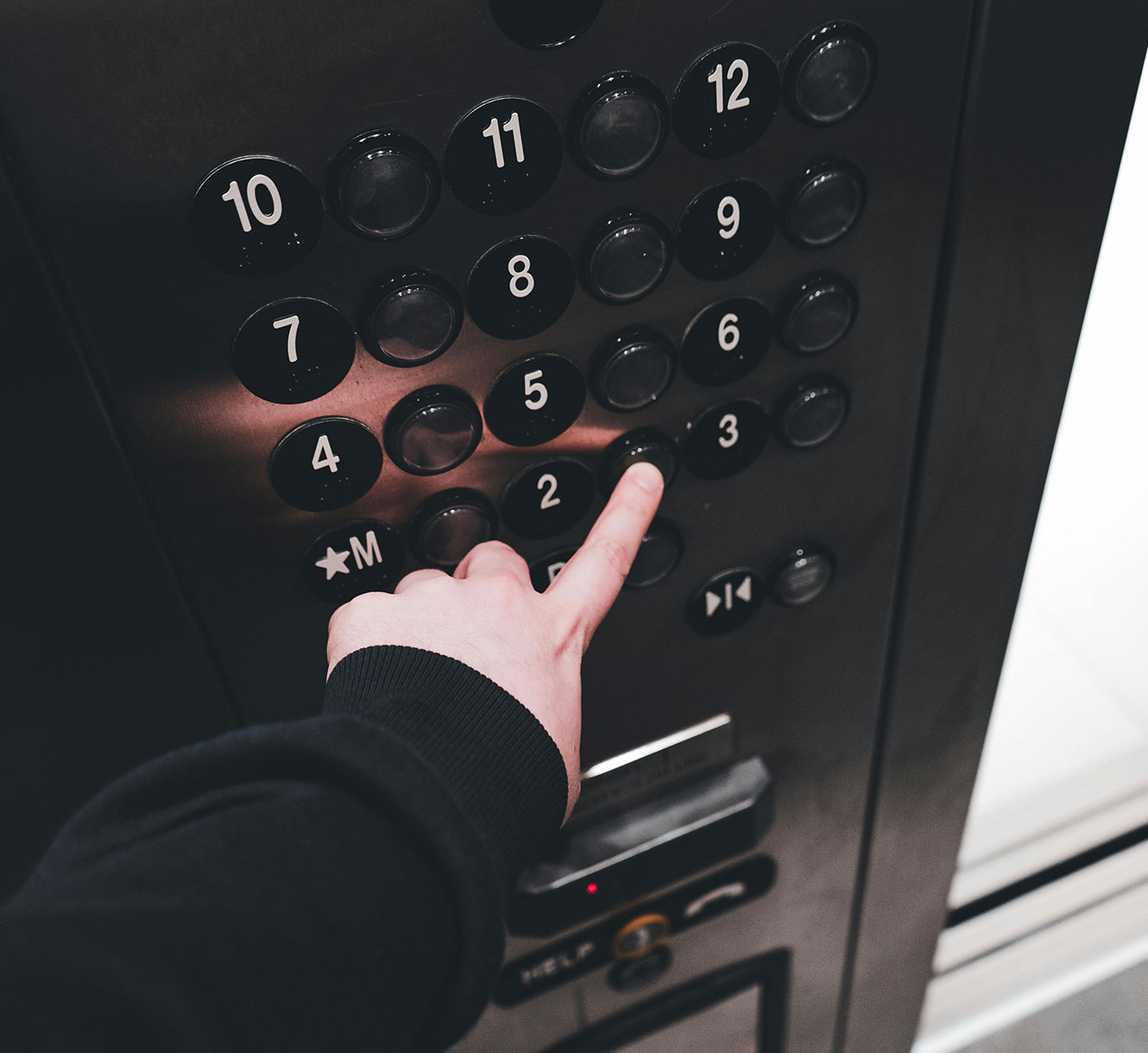
- Entrapment (Elevator Stalling): when the elevator stops between floors or fails to open its doors, trapping passengers inside.
- Power Outages: elevators rely on electricity to function, so power outages can cause them to stop suddenly, sometimes between floors.
- Mechanical Failures: malfunctioning components such as doors, cables, motor, and control system.
- Overloaded Elevator: too many passengers or heavy loads that exceed the elevator’s weight limits and cause it to stall or completely stop operations.
- Medical Emergencies: passenger/s may experience a medical emergency, such as a heart attack, stroke, or fainting, while inside the elevator.
- Elevator Misalignment: when an elevator stops slightly above or below the floor level, making it difficult or dangerous for passengers to exit.
- Water Infiltration: Water can enter elevator shafts during floods, storms, or plumbing leaks causing elevators to stop working or malfunction.
- Fire in the Building: heat can damage the mechanical or electrical systems, and elevators may not stop at safe floors. They are also unsafe because of the risk of becoming trapped if power is lost.
- Door Failures: when elevator doors either fail to open, close improperly, or open at the wrong time (such as between floors).
- Sudden Stops or Jerks: sudden stops, jerky movements, or rapid accelerations can be frightening for passengers, even if no serious mechanical failure is present.
Elevator emergency phone service FAQs
Elevator emergency phones are required by safety codes, such as the ASME A17.1 Safety Code for Elevators and Escalators, to ensure that trapped passengers can communicate with emergency personnel in the event of a malfunction.
Yes, under ADA (Americans with Disabilities Act) guidelines, elevator emergency phones must be accessible to individuals with disabilities. This includes visual indicators like flashing lights and audio confirmation signals to ensure accessibility.
When activated, an elevator emergency phone automatically dials a pre-programmed number that connects passengers to a monitoring service, security, or a 24-hour call center. These phones often operate hands-free for ease of use.
Yes, regular testing is crucial to ensure that emergency phones are functioning properly. Some areas require periodic testing as part of routine elevator inspections.
Emergency phones should be mounted at an appropriate height to be accessible to people with disabilities, in accordance with ADA guidelines. This generally means within reach from a seated position, typically around 48 inches from the floor.
Yes, emergency phones should be operable without requiring passengers to hold a receiver or dial a number. This ensures ease of use for all passengers, including those with disabilities.
Elevator emergency phones are typically powered by the building’s electrical system, but many also have backup batteries to function during power outages.
Calls are typically directed to a monitoring service, building security, or a 24-hour call center. The responding party is responsible for dispatching help, such as maintenance personnel or emergency responders.
